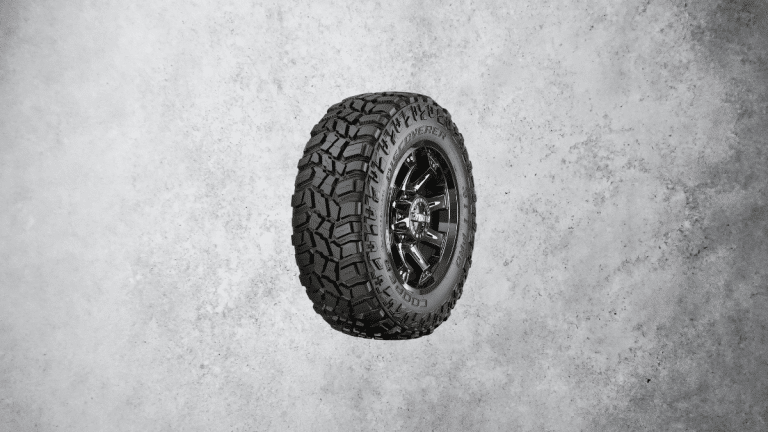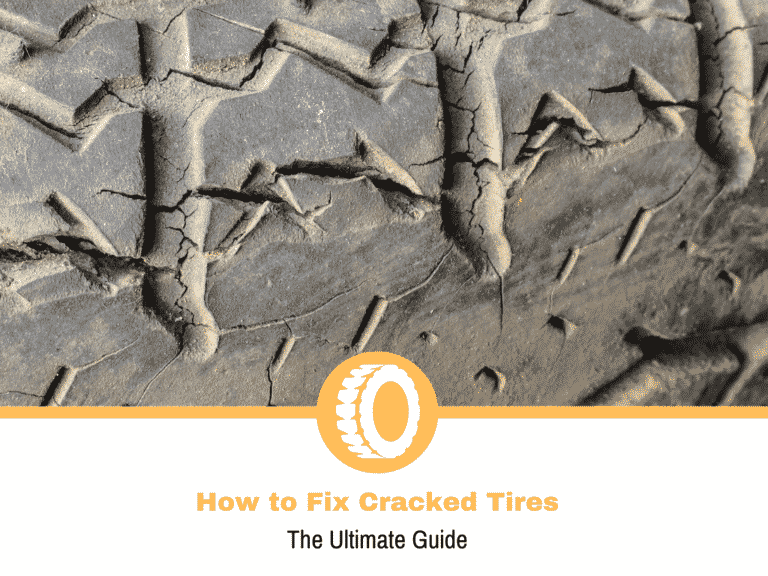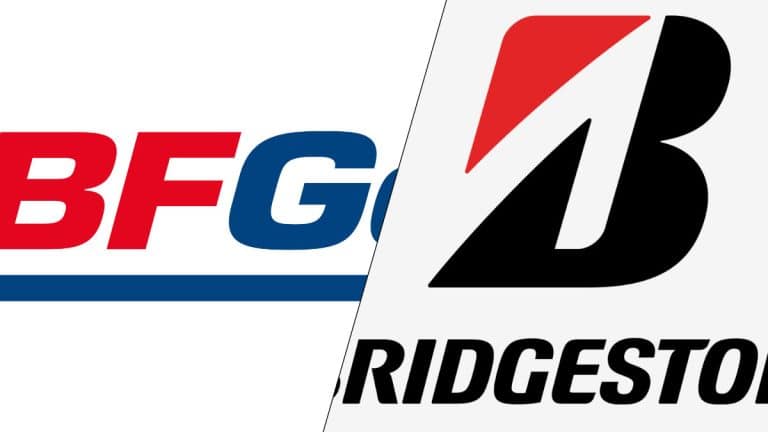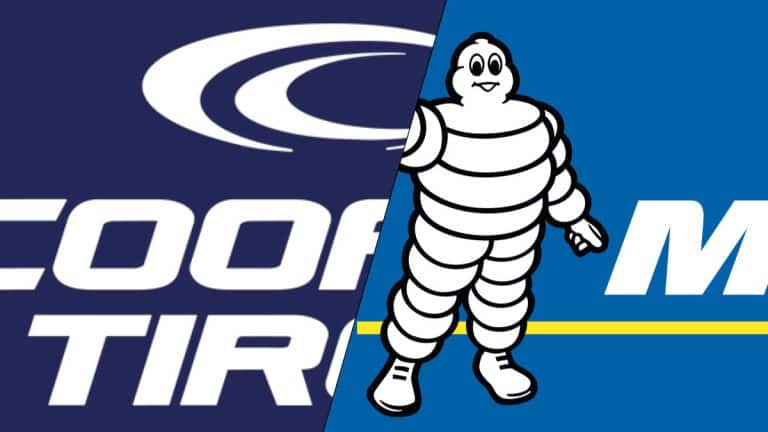Tire Traction in Different Conditions
If you’ve been following this website for a while and reading the reviews, you may have noticed a few things. One is that my humor levels are off the charts and the second one is that I review tires in multiple conditions. The reason for this is that tires don’t perform the same, so it’s a good idea to explain how they perform.
There are tons of reasons a tire will do well in one situation but will be poor in others. Some manufacturers don’t do the best job, which is why there’s always a drawback with some tires, regardless of how small they seem.
With the tires aside, let’s talk about the surface. We drive on the road, so everything should be the same, right? Not exactly. The roads are different and when you combine that with the different weather conditions; you get a lot of combinations.
Lucky for you, today I’ll outline those combinations and explain why tires don’t perform the same on all roads and in all conditions. To make the guide easier to follow, I’ll talk about the weather conditions and include the surfaces within each one.
Disclaimer
I rarely put a disclaimer this early in the article, but I want to explain what you’re about to read. Considering that there are thousands of car and tire models, the number of combinations is massive. Throw in the different conditions and surfaces and the combinations become endless.
Everything I’m about to explain is theoretical, or how things should work in the real world. Unfortunately, you may get different results. This can be for many reasons, so read this article only as an informative guide.
Also, I won’t be covering the off-road situations, because there are too many conditions to talk about.
Dry Conditions
The “easiest” conditions for any tire are dry roads and not a lot of models do a poor job at it. Sure, there are the Chinese tires that aren’t the best, but they still do an acceptable enough job.
Friction is the key component and is the main reason tires can move your car with no slip. You can do a burnout, but that happens because the rotational forces are larger than the resistance from the friction and we see that white smoke emerging from the tires.
Things seem simple enough so far, but I’m here to tell you otherwise. Yes, tires need friction to deliver performance, but the level of friction won’t be the same on all dry roads.
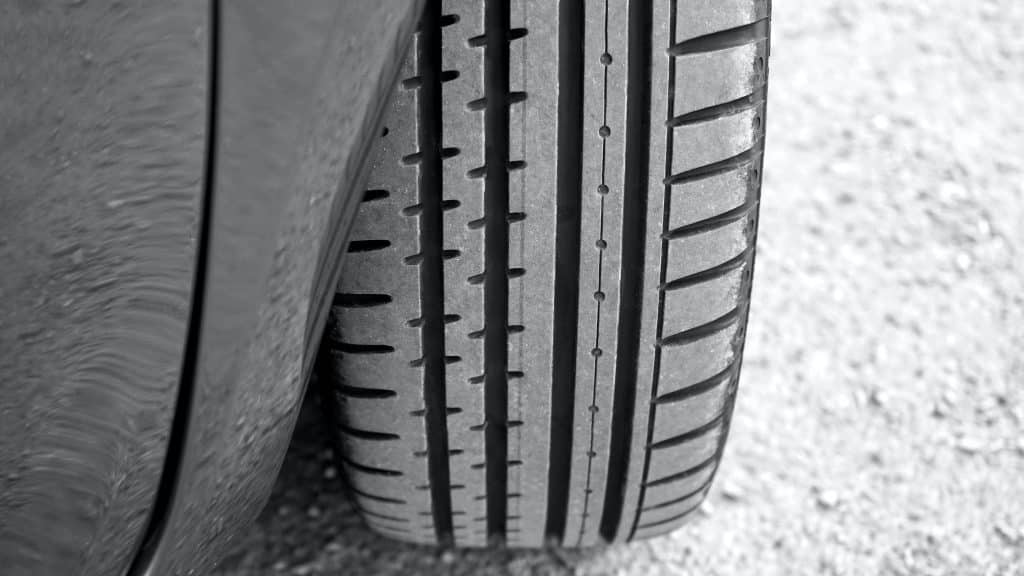
Driving on smooth roads is excellent in terms of the noise levels, but it’s not the most ideal surface for the best traction. The smooth surface means that the friction levels won’t be the highest it can be.
On the other hand, we have rougher roads, which can make a minor difference in terms of traction, at the cost of increased road noise. There’s more friction on these surfaces, meaning that you’ll get more traction. Often, the difference isn’t massive, but you may notice it in some situations.
With that said, there is a point where the road may get too rough, and you won’t have any advantages. This happens because the unevenness of the road surface leads to a reduced contact patch. It may seem fine to you, but under the tire, the blocks aren’t making full contact with the road.
Overall, there is a difference, but for the most part, it’s not something that most drivers will notice. If you want to test out this theory, find two parking lots with different surfaces and try to do a burnout. You should have slightly more difficulty spinning the wheels in the parking with the rough surface.
Wet Conditions
I often refer to wet conditions as less than ideal and for good reason. When you’re driving in wet conditions, you’re still relying on friction, but the problem here is the water. It acts sort of like a lubricant and you won’t get the same levels of grip and traction as you would on a dry road. There are two situations you’ll come across.
A damp road is a situation where the roads are moist and one of the more problematic one. Most people look at the road and think it’s fine to drive normally, but that’s not the case. The thin film of water on the surface means that the tire won’t have as much friction as it will on dry roads. Yes, the same rule applies here, meaning that a rougher surface will have more traction, but the water causes some issues.
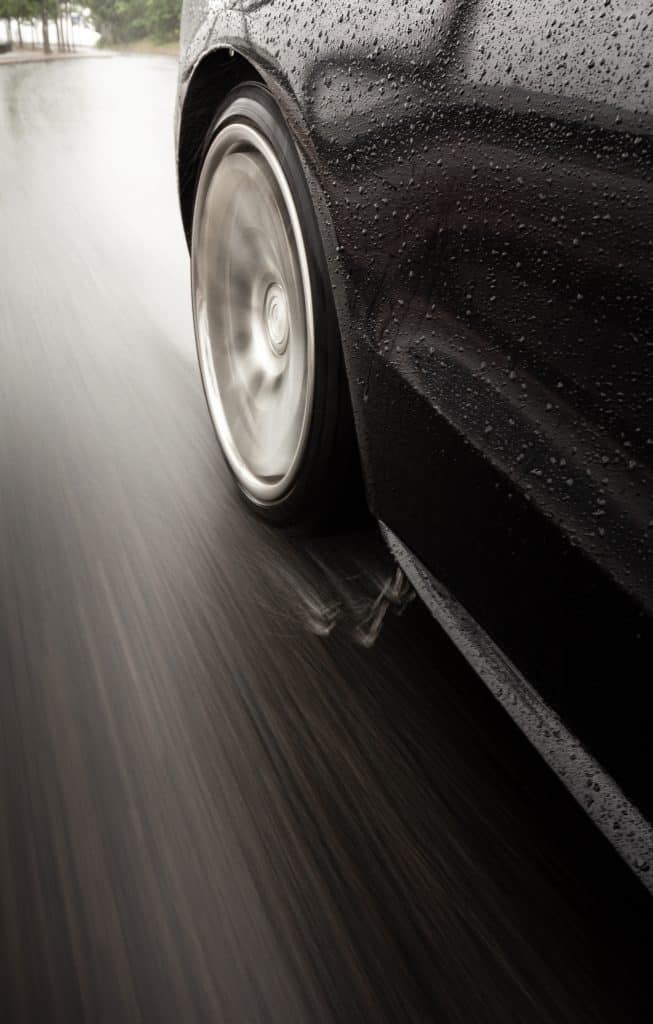
The bigger issue here is driving on smooth roads. Even in dry conditions, you won’t have the highest possible traction levels, so in damp conditions, it will be worse. Most of us have found ourselves when we accelerate aggressively and notice that the car’s traction control system activates. The sipes in the tread are helping, but you’ll never have the same level of performance.
Harsh rain is another problematic situation. Apart from the reduced visibility, you may come across some traction issues. The layer of water on the road causes problems like on damp roads, but here the aquaplaning resistance is another aspect that can be concerning. In my guide about tread depth and performance, I explained that there is a direct correlation between how much tread you have and the tire’s ability to channel water.
Winter Conditions
Now we come to the trickiest conditions you can drive in and that’s winter. If the roads are clear, then there isn’t a massive difference from the previous two sections I covered, so I won’t repeat myself. Unfortunately, the conditions in winter change a lot and there’s more than just cold temperatures.
In many areas, there is a high probability of snow on the roads. Sure, local authorities do their best to keep them clean, but that’s not always possible. Driving on snowy roads can even be more problematic than driving in wet conditions.
When the snow is fresh, it’s often referred to as unpacked snow. In these situations, you’re relying on the tread pattern to give you the traction you need for a safe driving experience. Most winter tires do a solid job in these conditions, with the premium ones being among the best options.
Packed snow is an area where we see some tires struggling a bit more. Since there isn’t any loose snow for the tire to dig in, it relies on sipes, biting edges, and a bit of friction. These 3 work in unison to provide you with enough traction to call a tire safe.
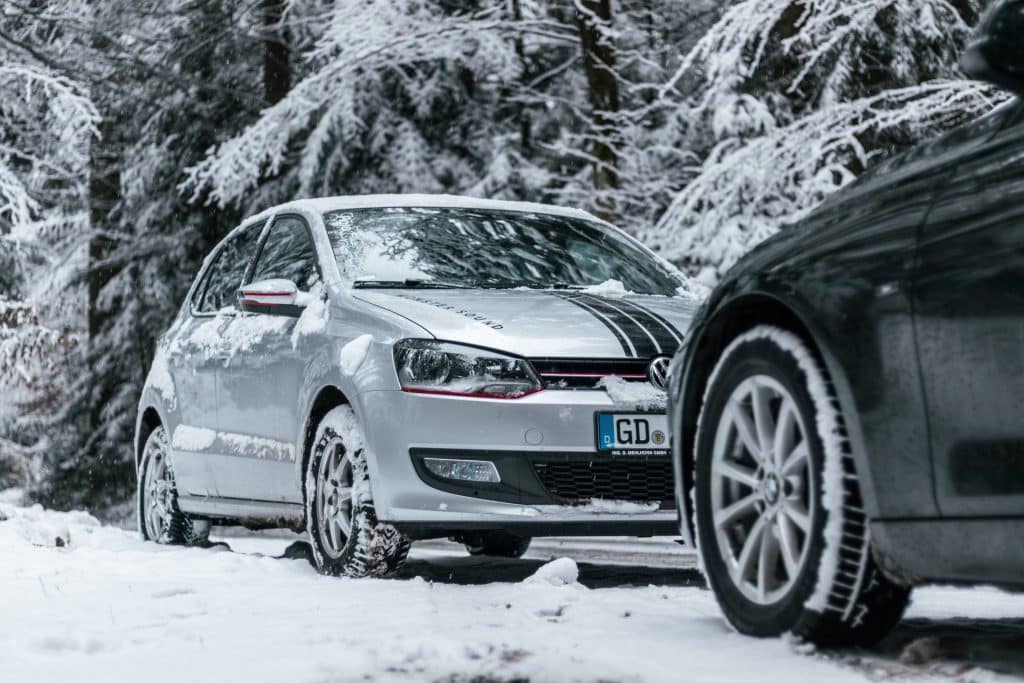
During the melting process, snow mixes with water, creating slush, which most people find harmless. The main reason for this is that it’s much softer and, being in an almost water-like state, we rely on the tire’s ability to evacuate water. While that’s true, there is a problem.
Tires can move the slush out of the way and, thanks to the weight of the car, the blocks will reach the road. The problem here is that you’re still driving in slippery conditions, where the friction won’t be as good as on a dry road.
The biggest problem in winter conditions is ice. If the temperature is above freezing, you’re driving on wet roads, but below that point, you’re looking at ice. Even the best tires in the world won’t deliver the best performance for these conditions. Most of them are good, but I always recommend being cautious.
This is because ice is very slippery, much more than damp roads and the tire’s ability to create enough friction is almost non-existent. I’ve seen some models offer acceptably well performance, but nothing that would get me excited. Since there isn’t any way for the rubber to help, tire manufacturers offer studded or studdable tires. The metal pins drastically help the tire, and the traction levels are noticeably higher.
Rubber Compound
Now, let’s talk about the rubber compound and how it can affect the levels of traction. This is the main reason we have multiple types of tires – summer, all-season, and winter. But how does that relate to traction?
The easiest way to explain this is with summer tires in winter. Most manufacturers recommend not to drive summer tires if the ambient temperatures are below 45 degrees. This is because they need heat to perform optimally and below that temperature, they won’t deliver the traction you need.
Even if the temperature isn’t freezing, but the road is wet, you’ll notice a bit of a difference. This is because the rain cools down the road, so the tires will struggle for traction a lot more when compared to wet conditions in summer.
On a warm day, the rubber on a summer tire softens up a bit and helps with the performance. In colder temperatures, you won’t be able to put enough heat into them to get that performance. Therefore, winter tires exist because the compound works well even in freezing temperatures.
The all-season models are somewhere in-between, and their drawback is in winter. Even though the compound handles colder temperatures better than the one you’ll find on a summer tire, it’s still not as good as a winter tire.
This is why I always recommend having two sets of tires, summer and winter, because you’re getting the best of both worlds. It’s a more expensive option, but you’ll get the highest traction levels possible in almost every situation. All-season or all-weather tires won’t deliver as good of a performance as some people think.
Conclusion
The science of traction is a complicated topic and there are plenty of aspects that can affect it. For the most part, we’re looking at road conditions as one of the main criteria for how much traction you can get. There’s a wide variety of conditions, and the levels of performance won’t be the same with each one. In some situations, you may come across a negligible difference, which many people may not notice. On the other hand, there are those where it will be a night and day difference.
The main this I should point out here, again, is that this is more of a theoretical guide. I covered the different conditions, but I did that in a broad sense. The road outside your house and my building isn’t the same, so the traction will be different.
As worrying as this may seem, there is a positive side to it. Tires have gotten quite good at delivering performance in multiple conditions. As a result, most people won’t have too many issues with most of them. With that said, having a healthy set of tires is crucial to get the highest traction levels possible.

